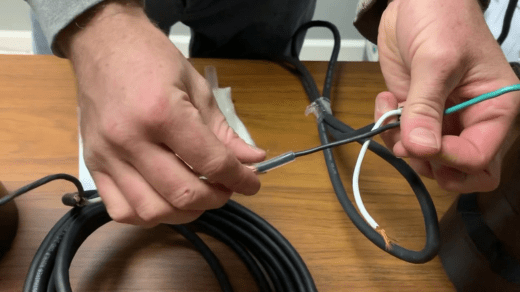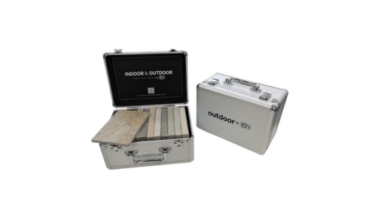
1. Sump Pumps
Before discussing the float switch, let’s understand the basics of sump pumps, which are essential for preventing basement flooding by removing excess water.
2. Importance of Float Switch
The float switch is a critical component of a sump pump, responsible for activating the pump when water levels rise.
3. Location Overview
Typically, the float switch is located inside the sump pit, where it can accurately detect water levels.
4. Inside the Sump Pit
Within the sump pit, the float switch is attached to the pump via a tether or rod, allowing it to move freely with changing water levels.
5. Functionality
When water in the sump pit reaches a certain level, the float switch triggers the pump to turn on and start removing water.
6. Mechanical vs. Electronic Float Switches
There are two main types of float switches: mechanical and electronic. Mechanical switches use a buoyant float, while electronic switches use sensors to detect water levels.
7. Mechanical Float Switches
Mechanical float switches are commonly found in older sump pump models. They consist of a buoyant float attached to a lever arm that activates the pump when lifted by rising water.
8. Electronic Float Switches
Electronic float switches offer more precise control and reliability compared to mechanical switches. They use sensors to detect water levels and trigger the pump accordingly.
9. Location Variations
The exact location of the float switch within the sump pit may vary depending on the design and configuration of the sump pump.
10. Tethered Float Switches
In sump pumps with tethered float switches, the float is attached to the pump with a flexible tether, allowing it to move vertically as water levels change.
11. Vertical Action
As water rises in the sump pit, the tethered float switch rises with it, activating the pump when the float reaches a certain height.
12. Submersible Pumps
For submersible sump pumps, the float switch is typically integrated into the pump housing, allowing it to operate efficiently underwater.
13. Pedestal Pumps
In pedestal sump pumps, the float switch is mounted on a rod above the sump pit, with the rod extending into the pit to monitor water levels.
14. Maintenance Considerations
Regular maintenance of the float switch is essential to ensure proper functioning of the sump pump. This includes cleaning debris and testing the switch periodically.
15. Testing the Float Switch
To test the float switch, pour water into the sump pit until the float rises and activates the pump. Ensure the pump turns on and removes water effectively.
16. Troubleshooting
If the float switch fails to activate the pump, check for obstructions or damage to the switch. Replace any faulty components as needed.
17. Importance of Proper Installation
Proper installation of the float switch is crucial for reliable sump pump operation. Follow manufacturer guidelines and consult a professional if necessary.
18. Backup Systems
Consider installing a backup sump pump system with its own float switch to provide additional protection against flooding in case of primary pump failure.
19. Environmental Considerations
Ensure the sump pump and float switch are installed in a location where they won’t be affected by debris, sediment, or other environmental factors.
20. Monitoring and Alarm Systems
For added peace of mind, consider installing a sump pump monitoring system with an alarm to alert you to any issues with the float switch or pump operation.
21. Compliance with Regulations
Be aware of local building codes and regulations regarding the installation and operation of sump pumps and float switches.
22. Regular Inspections
Schedule regular inspections of your sump pump system, including the float switch, to detect and address any potential problems before they escalate.
23. DIY vs. Professional Installation
While some homeowners may opt for DIY installation of sump pumps and float switches, it’s advisable to seek professional assistance to ensure proper setup and functionality.
24. Conclusion
In conclusion, the float switch plays a crucial role in the operation of a sump pump, detecting water levels and activating the pump as needed to prevent basement flooding.
25. Ensure Proper Functioning
By understanding the location and function of the float switch, homeowners can take proactive steps to maintain their sump pump systems and protect their properties from water damage.





